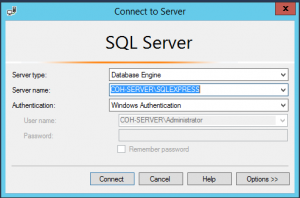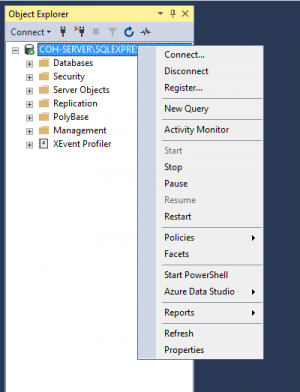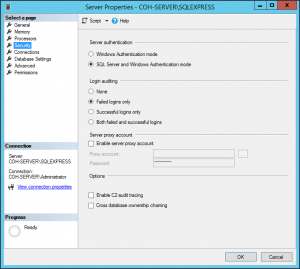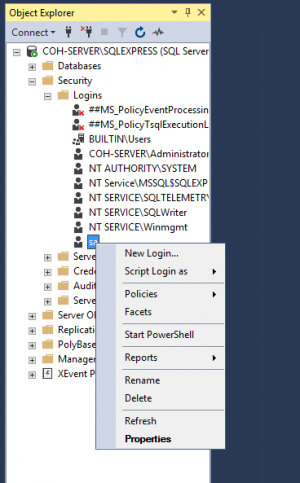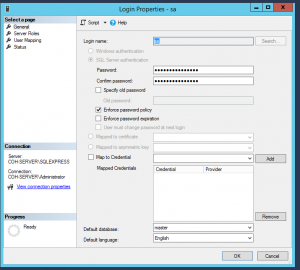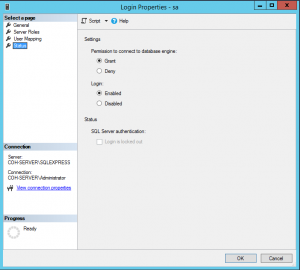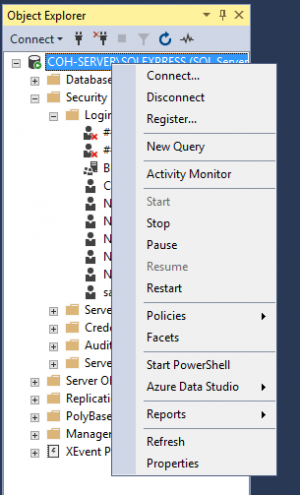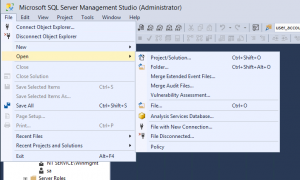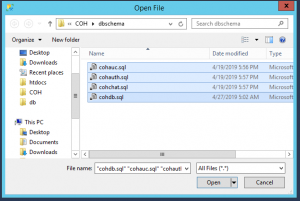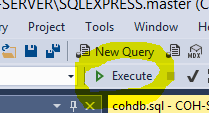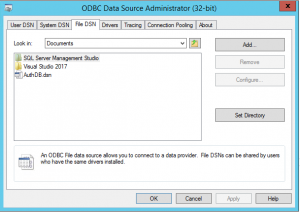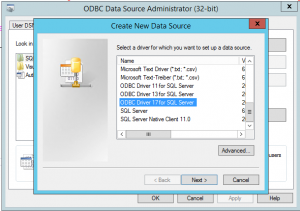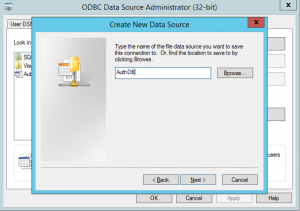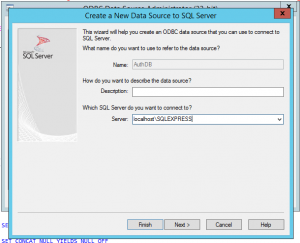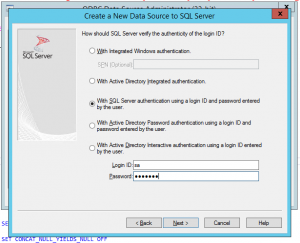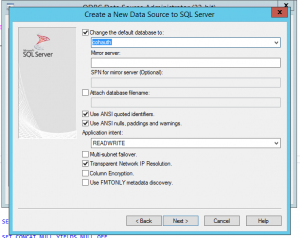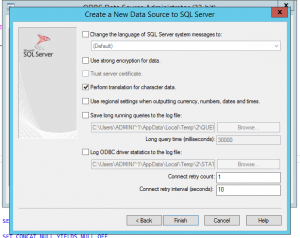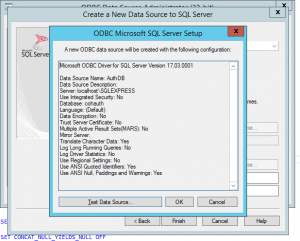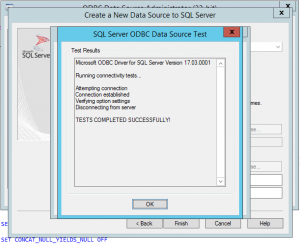I25 Server Setup: Difference between revisions
From OuroDev
| Line 142: | Line 142: | ||
::: <syntaxhighlight lang="text"> DbServer 127.0.0.1 127.0.0.1 7000 Paragon 1 1</syntaxhighlight> | ::: <syntaxhighlight lang="text"> DbServer 127.0.0.1 127.0.0.1 7000 Paragon 1 1</syntaxhighlight> | ||
;: Example mission_server.cfg | ;: Example mission_server.cfg | ||
::: <syntaxhighlight lang="text"> Shard NAME WAN | ::: <syntaxhighlight lang="text"> Shard NAME WAN REGION</syntaxhighlight> | ||
::: <syntaxhighlight lang="text"> Shard Paragon 127.0.0.1 1 </syntaxhighlight> | ::: <syntaxhighlight lang="text"> Shard Paragon 127.0.0.1 1 </syntaxhighlight> | ||
: Next copy the "piggs" folder from your client to the server directory(C:\CoH\piggs) | : Next copy the "piggs" folder from your client to the server directory(C:\CoH\piggs) | ||
Revision as of 01:51, 5 May 2019
Server Setup From Scratch
i25 Configuration Files
- i25 Servers.cfg
- i25 auction_server.cfg
- i25 account_server.cfg
- i25 chat_server.cfg
- i25 queue_server.cfg
- i25 turnstile_server.cfg
- i25 loadBalanceDefault.cfg
- i25 loadBalanceShardSpecific.cfg
- i25 mission_server.cfg
Setup Local Server
- 1. Install SQL Server 2017 Express Edition
- 2. Choose Basic when installing and when given the option choose to install SSMS(SQL Server Manager Suite).
- 3. Move your i25 Binaries to C:\CoH
- 4. Navigate to C:\CoH\data\server\db
- 5. Open up auction_server.cfg(I25_auction_server.cfg), account_server.cfg(I25_account_server.cfg), chat_server.cfg(I25_chat_server.cfg), and servers.cfg(I25_Server.cfg).
- You can change the password to whatever you would like. For this example I will be just using "YOURL33TPASS!".
- You will see something like this.
SqlLogin "DRIVER={SQL Server Native Client 11.0};Server=NS319069\SCORE;Uid=sa;Pwd=FinallyFree!;"
- Change this to
SqlLogin "DRIVER={SQL Server Native Client 11.0};Server=localhost\SQLEXPRESS;Uid=sa;Pwd=YOURL33TPASS!;"
- While you have servers.cfg and auction_server.cfg open. Change all the ips to 127.0.0.1.
- You can change the password to whatever you would like. For this example I will be just using "YOURL33TPASS!".
- 6. Extract the dbschema.rar found in C:\CoH\dbschema.rar.
- 7. Open up SQL Server Management Studio (SSMS which you installed in the first step). Hit Connect on the screen that pops up to and connect with windows authentication.
- 8. We need to enable the sa login so that server can login to the database.
- If you look to the left panel you will see the object explorer and your connection. Right click it and select properties.
- When this window comes up hit Security to the left and enable "sql server and windows authentication". Then click ok.
- In the same panel you used before navigate to Security -> Logins then right click and enter properties the sa user.
- In this window set the password to the same password you set back at step 4
- Choose Status from the left panel in this same window and set login to enabled and hit ok.
- Right click the connection in the object explorer again and click Restart.
- 9. Click File, Select Open, navigate back to C:\CoH, open the dbschema folder, and select cohauc.sql in SQL Server Management Studio.
- You will see these 2 lines at the top of the file opened
( NAME = N'cohauc', FILENAME = N'C:\mssql\MSSQL11.SCORE\MSSQL\DATA\cohauc.mdf' , SIZE = 157440KB , MAXSIZE = UNLIMITED, FILEGROWTH = 1024KB )
( NAME = N'cohauc_log', FILENAME = N'C:\mssql\MSSQL11.SCORE\MSSQL\DATA\cohauc_log.ldf' , SIZE = 353216KB , MAXSIZE = 2048GB , FILEGROWTH = 10%)
- 10. What you want to do is set the first part of these directory listings to where your SQL Server is located for example, I set my to D:\Program Files\Microsoft SQL Server\MSSQL14.SQLEXPRESS\MSSQL because that is where my SQL Server is. So my would become:
( NAME = N'cohauc', FILENAME = N'D:\Program Files\Microsoft SQL Server\MSSQL14.SQLEXPRESS\MSSQL\DATA\cohauc.mdf' , SIZE = 157440KB , MAXSIZE = UNLIMITED, FILEGROWTH = 1024KB )
( NAME = N'cohauc_log', FILENAME = N'D:\Program Files\Microsoft SQL Server\MSSQL14.SQLEXPRESS\MSSQL\DATA\cohauc_log.ldf' , SIZE = 353216KB , MAXSIZE = 2048GB , FILEGROWTH = 10%)
- 11. Once done click the Execute button. And do this again for both the cohauth and cohchat.
- 12. Open up ODBC Data Sources (32-bit).
- Type 'ODBC' in Windows search, or run directly from C:\Windows\SysWOW64\odbcad32.exe
- Do NOT use 64-bit!
- Click File DSN then click add to the right.
- Choose ODBC Driver 17 for SQL Server. Click Next.
- Enter AuthDB into the box and hit next then finish.
- It will then say something like ‘Which SQL Server would you like to connect to?’
- Choose with SQL Auth enter sa into username and the password you use previously.
- Tick choose change default database to and select cohauth and hit next.
- After this hit finish then ‘Test Data source’ this will test the auth database connection to your main database if it successful congrats :D
- 13. Once you have done that you can now start up your server. Navigate back to C:\CoH and create a bat file to start your server.
@echo off echo Starting Auth Server START C:\coh\bin\authserver.exe TIMEOUT 2 echo Starting DB Server START C:\coh\bin\dbserver.exe -zonelaunchers 1 TIMEOUT 2 echo Starting Launcher Server START C:\coh\bin\launcher64.exe -noversioncheck TIMEOUT 2 echo Everything should be launched! Go enjoy COH. TIMEOUT 10
- 14. Go to your City of Heroes folder and make a shortcut of score.exe.
- Add the string below to the shortcut if playing locally on the hosting machine.
score.exe -patchdir score -patchversion 2019.04.19 -auth 127.0.0.1 -noversioncheck -console
- Add the string below to the shortcut if playing over the network. Note you'll need the hosting machines IP for this. (CMD -> IPConfig)
score.exe -patchdir score -patchversion 2019.04.19 -auth <HOSTIPADDRESS> -noversioncheck -console
- Add the string below to the shortcut if playing locally on the hosting machine.
- 15. Login and Enjoy!
Port Forwards
- TCP Ports
- Port 11228
- UDP Ports
- Ports 18717 through 18917
Setup Internet Facing Server
- Patching the DBServer allows it to return the correct IP address for MapServers to the client.
- dbserver.exe needs to be patched to read its external IP from a config file, a patched version can be downloaded from here or from the following magnet link
dbserver.exe [MD5] c66842d15bc94f6b6b2a282331c01e3f | dbserver.exe [SHA1] 9ba7c9774de2f75cd72efb604c44c3a86cbd24eb
- From SQL Sever Manager Studio(SSMS) run the query below.
INSERT INTO cohauth.dbo.server (id, name, ip, inner_ip, ageLimit, pk_flag, server_group_id) VALUES (1, 'ShardName', 'Public IP', '127.0.0.1', 0, 0, 1);
- Replace the existing dbserver.exe with the patched one and add the RouteIp line to servers.cfg with your server's public IP.
RouteIp YOURPUBLICIPADDRESS
Patched AuthServer
- Patched AuthServer
- For use alongside the patched dbserver, reads first RouteIp in servers.cfg as externalIP and second RouteIp in servers.cfg as internal IP, rather than from cohauth
- Patched authserver
MD5: kuF0O1e/K3iT6tcXKA0xmQ== | SHA1: +7IdIglCD1EEM9xNcZUyYRuZ9Ec= | SHA256: 7A370DAB25CBEA30A0BCA3333F6BBD971315604E98218B71BEDCC2F415918285
- Example configuration:
// First RouteIP is External (WAN) IP RouteIp 123.123.123.123 // Second RouteIP is Internal (LAN) IP RouteIp 192.168.0.0 // Uncomment the following line to use IPs from cohauth //AuthDBIP 1
Setup TurnstileServer
- Making the changes below will put your server into "production" mode. This will require things like mission_server.cfg to be created.
- First make sure your turnstile_server.cfg is correct. Below you'll find an example.
- Example turnstile_server.cfg
-
DbServer LAN WAN 7000 ShardName ShardID ShardAuthID
DbServer 127.0.0.1 127.0.0.1 7000 Paragon 1 1
- Example mission_server.cfg
-
Shard NAME WAN REGION
Shard Paragon 127.0.0.1 1
- -patchdir score -patchversion 2400.201208211101.1 -auth VMIPGOESHERE -console
